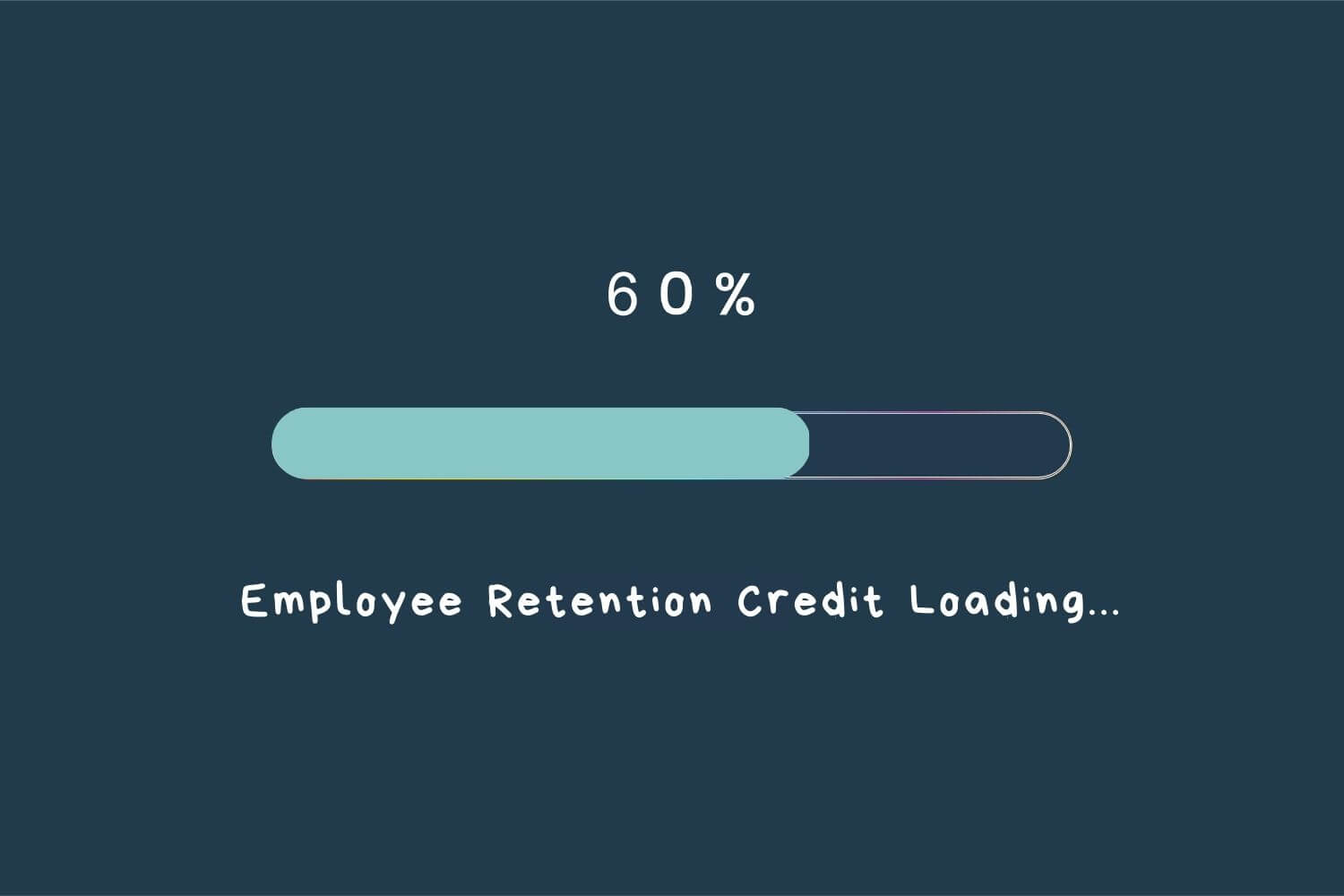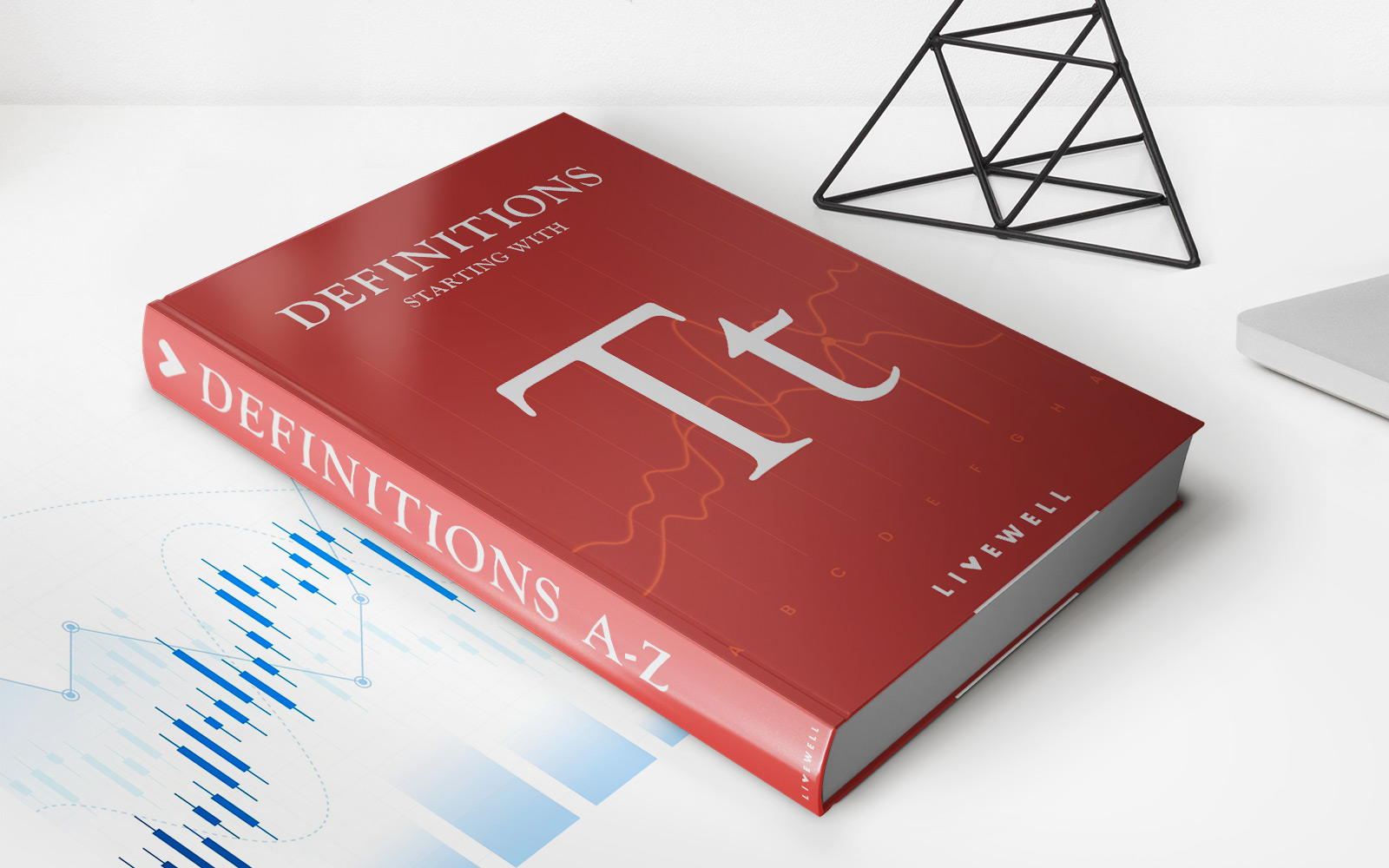

Finance
How Long Does Available Credit Take To Update
Published: January 10, 2024
Wondering how long it takes for your available credit to update? Discover the answer and stay on top of your finances with our expert guidance.
(Many of the links in this article redirect to a specific reviewed product. Your purchase of these products through affiliate links helps to generate commission for LiveWell, at no extra cost. Learn more)
Table of Contents
Introduction
When it comes to managing our finances, having access to available credit is crucial. Whether it’s for emergency expenses, major purchases, or simply building a healthy credit profile, the availability of credit plays a significant role in our financial lives. However, a common question that arises is how long it takes for available credit to update once there have been any changes in our credit accounts.
In this article, we will delve into the intricacies of available credit updates, exploring the factors that influence the speed at which these updates occur. We will also shed light on the roles of credit agencies and credit card issuers in the reporting process. Additionally, we will provide strategies for maximizing the speed of credit updates to ensure you can effectively manage your available credit.
Understanding the dynamics of available credit updates can greatly benefit individuals seeking to make informed financial decisions. This knowledge will empower you to optimize your credit utilization, improve your credit score, and effectively manage your overall financial health.
Understanding Available Credit
Before we dive into the details of how long it takes for available credit to update, let’s first gain a clear understanding of what available credit means. Available credit refers to the amount of credit that is currently accessible to you on your credit accounts, such as credit cards, lines of credit, or personal loans.
When you utilize a portion of your available credit, either by making purchases or withdrawing cash, the amount you owe increases and reduces the available credit. It’s important to note that using up all of your available credit can have a negative impact on your credit score and may reflect poorly on your creditworthiness.
The concept of available credit is closely tied to credit utilization, which is the percentage of your total available credit that you are currently using. Maintaining a low credit utilization ratio is generally considered favorable from a credit standpoint, as it demonstrates responsible credit management and financial stability.
Now that we have a clear understanding of available credit and credit utilization, let’s explore the various factors that can influence how long it takes for available credit to update after any changes have been made to your credit accounts.
Factors Affecting Credit Updates
The speed at which available credit updates can vary based on several factors. Understanding these factors can help you anticipate the timeframe for credit updates and manage your finances effectively. Here are some key factors that can affect how long it takes for available credit to update:
- Credit Card Issuer Policies: Each credit card issuer has its own policies and processes for reporting credit updates to the credit bureaus. While some issuers may update credit information daily, others may do it on a monthly basis. It’s important to be aware of your credit card issuer’s reporting practices to have a better understanding of when your available credit may be updated.
- Credit Bureau Reporting Practices: Credit bureaus, such as Equifax, Experian, and TransUnion, receive credit data from various sources, including credit card issuers and lenders. These bureaus then update their records accordingly. However, the frequency at which they receive and process these updates may vary. Some credit bureaus update their records daily, while others do it on a weekly or monthly basis.
- Processing Time: Once your credit card issuer or lender reports any changes to your credit account, there will be some processing time involved before the credit bureaus update your available credit. This processing time can vary depending on the efficiency of the credit bureau’s systems and the volume of information they receive.
- Statement Cycle: Credit card issuers typically generate monthly statements that summarize your credit activity and outstanding balance. These statements often reflect the available credit at the time of statement generation. Therefore, any changes made to your credit accounts after the statement cycle may not be immediately reflected in your available credit until the next statement is generated.
- Payment Processing: If you make a payment towards your credit account, it may take some time for the payment to be processed and reflected in your available credit. This processing time can vary depending on the payment method, banking systems, and the policies of your credit card issuer.
It’s important to keep these factors in mind and be patient when waiting for your available credit to update. While some updates may occur quickly, others may take a few days or even longer, depending on these influencing factors.
Credit Agencies and Reporting Processes
Credit agencies, commonly known as credit bureaus, play a crucial role in the credit reporting process. They are responsible for collecting and maintaining credit information on consumers and businesses, which is then used to generate credit reports and calculate credit scores.
The three major credit bureaus in the United States are Equifax, Experian, and TransUnion. These bureaus receive credit data from various sources, such as credit card issuers, lenders, and financial institutions. This data includes information on credit accounts, balances, payment history, and available credit.
Once the credit bureaus receive this data, they employ sophisticated systems and processes to update and maintain accurate credit records. However, it’s important to note that the frequency at which credit bureaus update their records can vary. Some bureaus update information on a daily basis, while others may update it more frequently or less frequently.
Additionally, credit reporting processes involve multiple steps and validations to ensure the accuracy of the information. When a credit card issuer or lender reports any changes to a credit account, it goes through a systematic process before the credit bureaus incorporate the updated information into their records. This can include data validation, verification, and reconciliation with existing credit records.
Because of these processes, it may take some time for available credit updates to reflect on your credit report. It’s also worth mentioning that even though credit bureaus aim to update their records promptly, there may be instances where delays occur due to technical issues, high volumes of data, or other factors beyond their control.
Given the complexity of credit reporting processes, it’s important to regularly review your credit reports from all three major credit bureaus to ensure accuracy. This way, you can identify any discrepancies or errors in your available credit and take appropriate measures to rectify them.
Timeframes for Credit Updates
The timeframe for credit updates can vary depending on several factors, as we’ve discussed earlier. While there isn’t a definitive answer to how long it takes for available credit to update, it’s helpful to have a general understanding of the timelines involved.
In most cases, credit card issuers update credit information on a monthly basis. This means that any changes made to your credit account, such as paying off a balance or making a large purchase, will typically be reflected in your available credit within one to two billing cycles. However, it’s important to note that some credit card issuers may update credit information more frequently, even on a daily basis.
Once the credit card issuer updates your credit information, the credit bureaus receive and process the updated data. As mentioned earlier, credit bureaus have their own timelines for updating credit records. Some bureaus update information on a daily or weekly basis, while others may do it less frequently, such as on a monthly basis.
Considering the processing time involved at both the credit card issuer and credit bureau levels, it’s reasonable to expect that it may take a few days to a couple of weeks for your available credit to reflect any changes. However, keep in mind that this is a general timeline and can vary depending on the specific circumstances and factors affecting credit updates.
It’s important to be patient and monitor your available credit over time to ensure that updates are being reflected accurately. If you notice any discrepancies or delays in the updating process, it’s advisable to contact your credit card issuer or the credit bureaus to investigate and resolve the issue.
Remember, the more proactive you are in managing your available credit and regularly monitoring your credit reports, the better equipped you’ll be to make informed financial decisions and maintain a healthy credit profile.
Credit Card Issuers and Reporting Practices
Credit card issuers play a significant role in the credit reporting process and have their own reporting practices that can impact how quickly available credit updates are reflected. Understanding these practices can provide insight into the timelines involved in updating credit information.
Each credit card issuer has its own policies and procedures for reporting credit updates to the credit bureaus. Some issuers may update credit information daily, while others may do it on a monthly basis. It’s important to be aware of your credit card issuer’s reporting practices, as this can give you a better idea of when your available credit may be updated.
In addition to the frequency of reporting, credit card issuers may also have specific cutoff times for reporting credit updates. For example, if you make a payment or pay off a balance after the cutoff time, the update may not be reflected until the next reporting cycle. Understanding these cutoff times can help you plan your credit utilization and repayment strategies accordingly.
Furthermore, credit card issuers typically generate monthly statements that summarize your credit activity and outstanding balance. Any changes made to your credit account after the statement cycle may not be immediately reflected in your available credit until the next statement is generated. This means that if you make a payment or use your credit card shortly before the statement is generated, the available credit may not update until the following month’s statement.
It’s important to note that even though credit card issuers have their reporting practices, they are obligated to report accurate and up-to-date information to the credit bureaus. If you notice any discrepancies or delays in the updating of your available credit, it’s advisable to contact your credit card issuer to address the issue.
By staying informed about your credit card issuer’s reporting practices and being proactive in managing your credit accounts, you can have a better understanding of when your available credit is likely to be updated. This knowledge can help you make informed financial decisions and stay on top of your credit utilization.
Strategies for Quick Credit Updates
While credit updates are ultimately dependent on the reporting practices of credit card issuers and credit bureaus, there are some strategies you can employ to potentially expedite the process and ensure your available credit is updated more quickly. Here are a few strategies to consider:
- Regularly check your credit reports: By regularly monitoring your credit reports from all three major credit bureaus, you can quickly identify any discrepancies or errors in your available credit. If you notice any inaccuracies, you can dispute them with the credit bureaus to have them corrected, which can lead to faster updates.
- Make payments before the statement cycle ends: To ensure that your available credit is updated promptly, consider making payments towards your credit accounts a few days before the statement cycle ends. This allows sufficient time for the payment to be processed and reflected in your available credit before the new statement is generated.
- Coordinate credit updates with reporting cycles: If you’re planning to make a significant change to your credit account, such as paying off a large balance or increasing your credit limit, try to time it with the reporting cycles of both your credit card issuer and the credit bureaus. This increases the likelihood of your available credit being updated more quickly.
- Communicate with your credit card issuer: If you have a specific need for your available credit to be updated quickly, such as when applying for a loan or making a major purchase, consider reaching out to your credit card issuer. They may be able to provide insights into their reporting practices and potentially expedite the update process for you.
- Manage credit utilization: Keeping your credit utilization low can potentially benefit the speed of credit updates. By utilizing only a small portion of your available credit, you minimize the need for frequent updates while also maintaining a healthy credit utilization ratio.
It’s important to note that while these strategies may help in expediting credit updates, there is still a certain level of natural processing time involved. Being patient and allowing sufficient time for the updates to occur is crucial.
By implementing these strategies and staying proactive in managing your credit accounts, you can increase the likelihood of faster credit updates, ensuring that you have the most accurate and up-to-date information about your available credit at all times.
Conclusion
Managing available credit is a crucial aspect of maintaining a healthy financial profile. While the exact timeframe for credit updates may vary based on various factors, understanding the dynamics of available credit updates can help you make informed financial decisions.
In this article, we explored the concept of available credit and its relation to credit utilization. We discussed the factors that can influence how long it takes for available credit to update, including credit card issuer policies, credit bureau reporting practices, processing time, statement cycles, and payment processing.
We also highlighted the role of credit agencies in the credit reporting process and explained the complexities involved in updating credit information. It’s important to regularly review your credit reports and ensure their accuracy to identify any discrepancies or errors in your available credit.
While credit updates may take some time, we provided strategies to potentially expedite the process. Regularly checking your credit reports, coordinating credit updates with reporting cycles, and maintaining low credit utilization can all contribute to faster credit updates.
Ultimately, the key is to stay proactive, communicate with your credit card issuer when necessary, and be patient while the credit reporting process runs its course.
By understanding the factors affecting credit updates and implementing strategies to speed up the process, you can effectively manage your available credit and make informed financial choices.
Remember, your available credit plays a significant role in your financial health, so staying vigilant and knowledgeable about its updates is essential for maintaining a strong credit profile.














